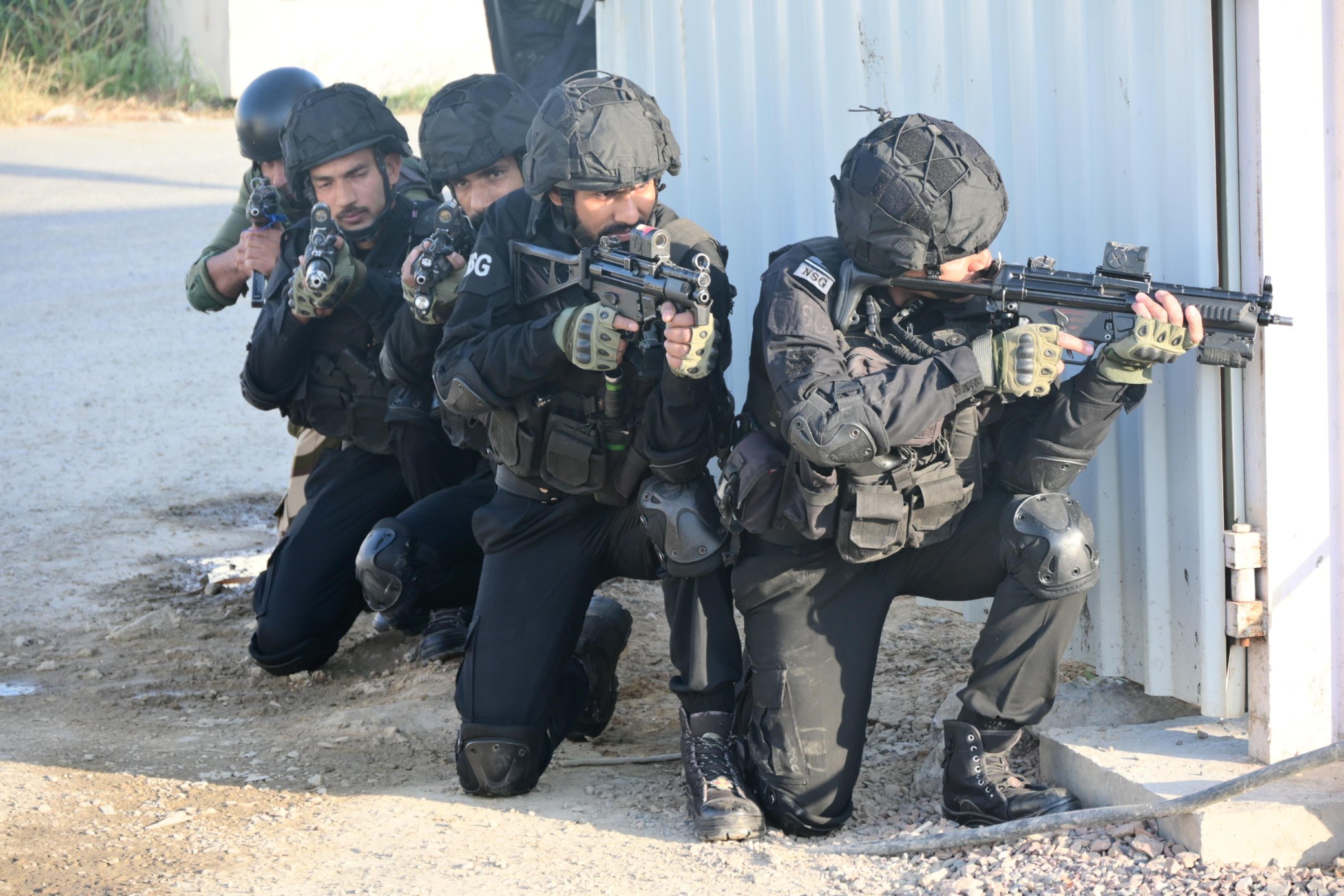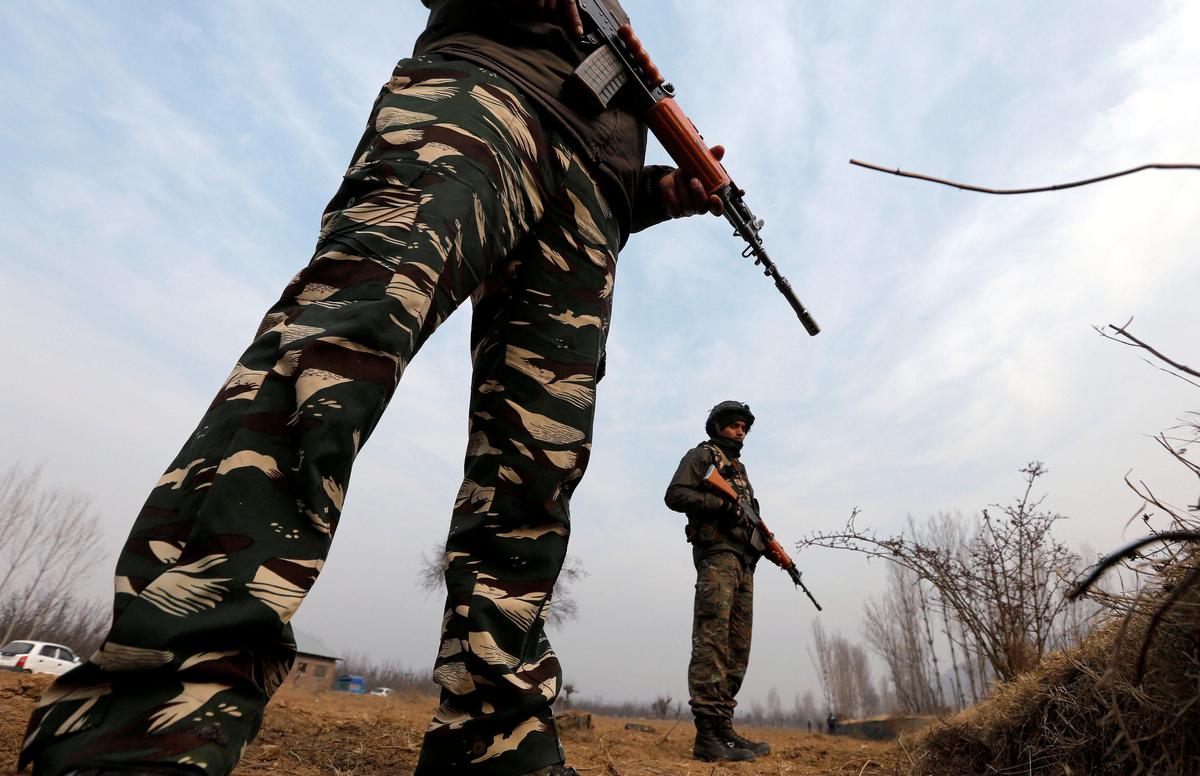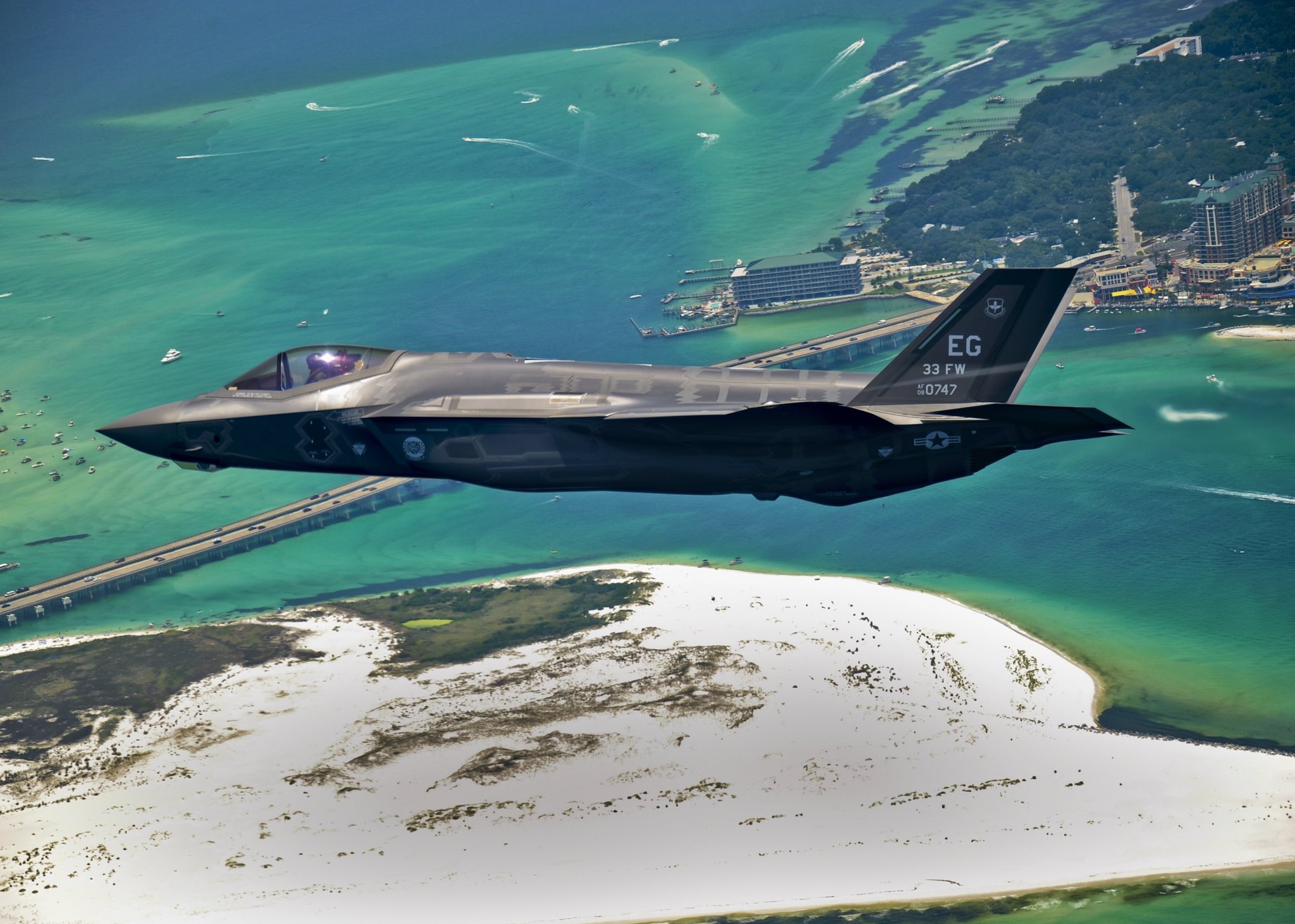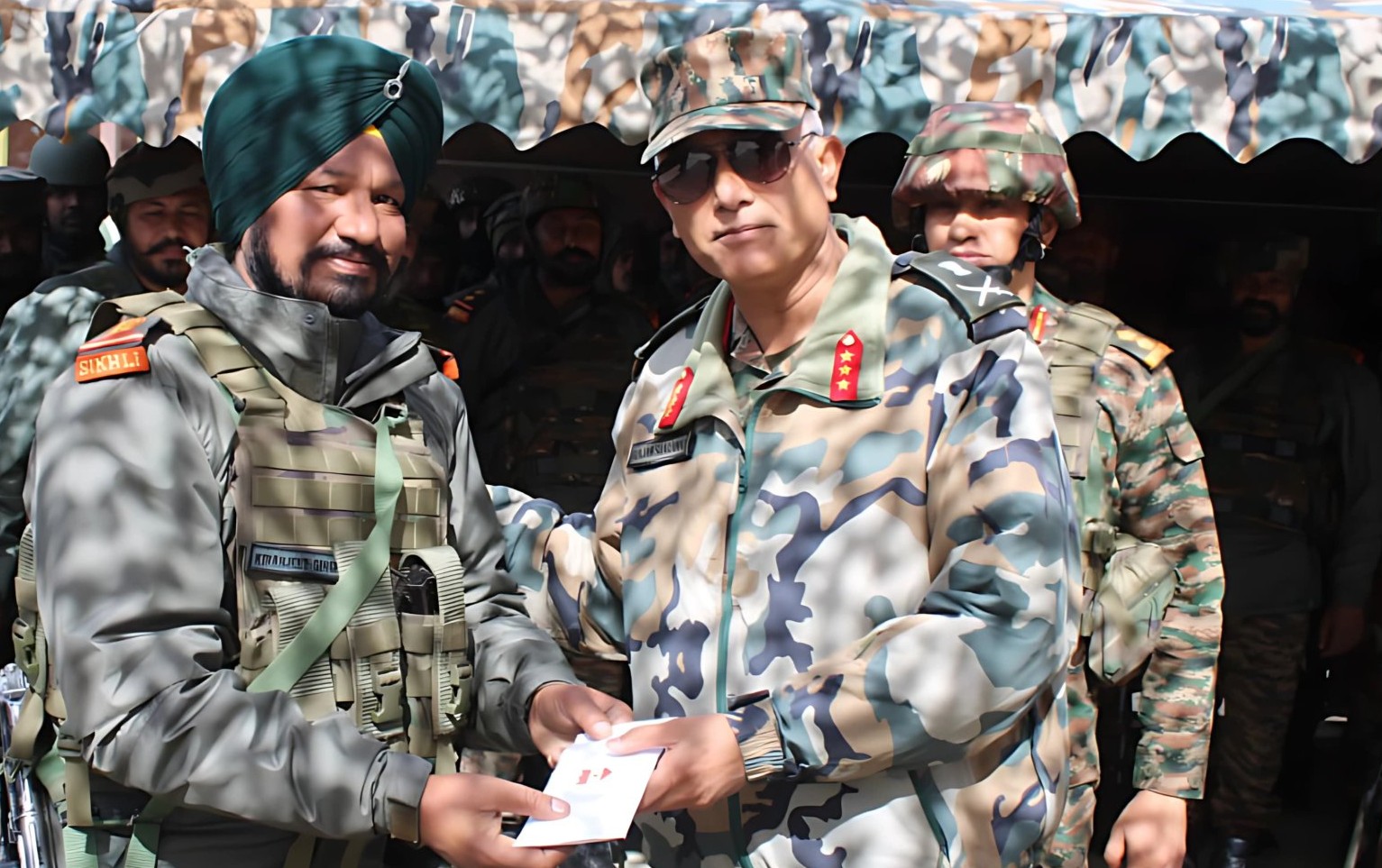Major General Sukriti Baveja Assumes Command at HQ Dakshin Bharat Area Chennai
Major General Sukriti Baveja, a distinguished dermatologist, has taken over as Major General (Medical) at the Headquarters of Dakshin Bharat…
52 Special Action Group NSG, CISF, and Delhi Police Conduct Successful Joint Counter-Terror Exercise at IGI Airport
In a display of exemplary coordination and rapid response, the National Security Guard (NSG) along with the Central Industrial Security…
CRPF Jawan Opens Fire Killing 2 Colleagues Before Taking His Own Life
In a tragic incident, a Central Reserve Police Force (CRPF) jawan opened fire at his camp in Lamsang, Imphal West…
Lt General MV Suchindra Kumar Reviews Operational Preparedness in Kashmir
In a significant move to bolster the security and operational readiness in the volatile region of Kashmir, Lieutenant General M.V.…
Trump Offers F-35 Stealth Fighter Jets to India During Meeting with PM Modi
In a landmark development for India-US defense relations, US President Donald Trump has announced the offer of advanced F-35 stealth…
GOC Rising Star Corps Reviews Operational Preparedness in Bani-Macchedi Sector Kathua
Demonstrating the Indian Army’s commitment to vigilance and operational readiness, the General Officer Commanding (GOC) of the Rising Star Corps…






